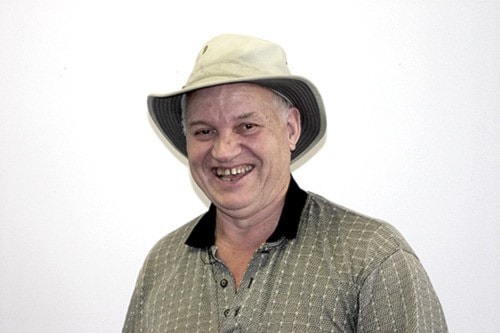I’ve always been charmed by those lines of poetry by Pauline Johnson describing what it’s like to canoe in the summer: “August is laughing against the sky/Laughing while paddle canoe and I.”
This year I didn’t wait for the late summer warmth of August to go canoeing on my favourite lake—the Slocan. My canoe partner David and I took two separate trips in July—one with young people I’d never canoed with before, and one with older veterans of the lake.
Over the years, I’ve canoed a lot of different rivers and lakes. Perhaps the most memorable was the eight-day trip on the Bowron Lake circuit with my brother and three of my children when they were younger. My memories include the thrill my young children had at every new test of lake or stream.
As well, I’ve canoed several rivers (some several times) including the Columbia, the Slocan, the Caribou, and the Kettle in British Columbia. Add to that the Red Deer and Milk rivers in Alberta, and I’ve slipped through many channels and found my way to many take-out spots.
Each year I look forward to returning to Slocan Lake. The draw is the west side of the lake with its wilderness aspects. A number of years ago, environmentalists and outdoors people sought to create a conservancy on the western shores of the Slocan. They were successful in their quest, and so Valhalla Provincial Park was formed.
What that means is that no serious logging takes place there, no new roads are being built, and access to the western shore is mainly by boat. True, visitors can hike from Slocan City to the first camping spot at Evans Creek, and major car camping at Wragge Beach exists toward the north end of the lake. But beyond that, canoeists are on their own.
Clearly, the Valhalla wilderness on the west side of Slocan Lake represents a retreat from civilization. Here you set up your tent on a bit of gravel, you fix food that may have a few grains of sand in it, and you drink Adam’s good ale from the nearby rushing creek. In our case, David and I drink his boiled coffee that he affectionately calls “Texas” coffee.
The limited access to the western shore of Slocan keeps the number of visitors down. The people you meet in your campsite (if any do show up) are other canoeists, kayakers, and boaters out on day trips. You can spend your evenings watching the trout rise and creating small plips as they re-enter the lake.
It’s possible to canoe the entire 30 km. length of Slocan Lake, which can take canoeists from three to five days depending on how much camping they want to do. We’ve done this trip, entering at the north end in Hills or launching from the sand at Wragge Beach. Take-out is at the main beach at Slocan City.
Along the way, canoeists have camping sites at major creeks roaring down from the Valhallas—Wee Sandy Creek, Nemo Creek, Sharp’s Creek, and Evans Creek, each with its own waterfall or cascade. Other campsites are interspersed along the lake.
If you don’t want to do much canoeing and your focus is on camping, you can launch at Roseberry, New Denver, and Silverton and simply cross the lake to one of the fine camping spots available. Mornings and evenings are the best times to cross the lake as the wind often begins to blow down the lake in the afternoon.
There’s nothing finer than setting out on a quiet, early morning on the glassy-smooth, silvery Slocan with only the sound of the paddles dipping, dipping.
